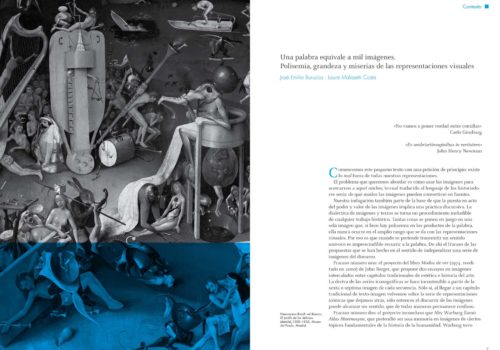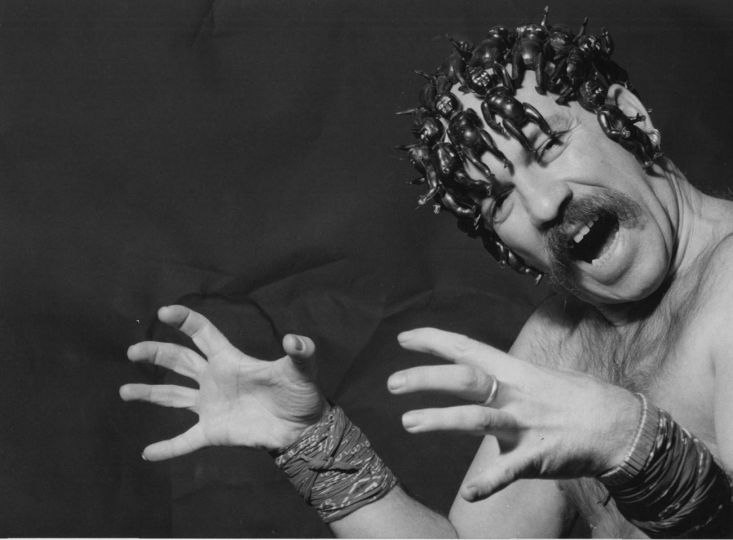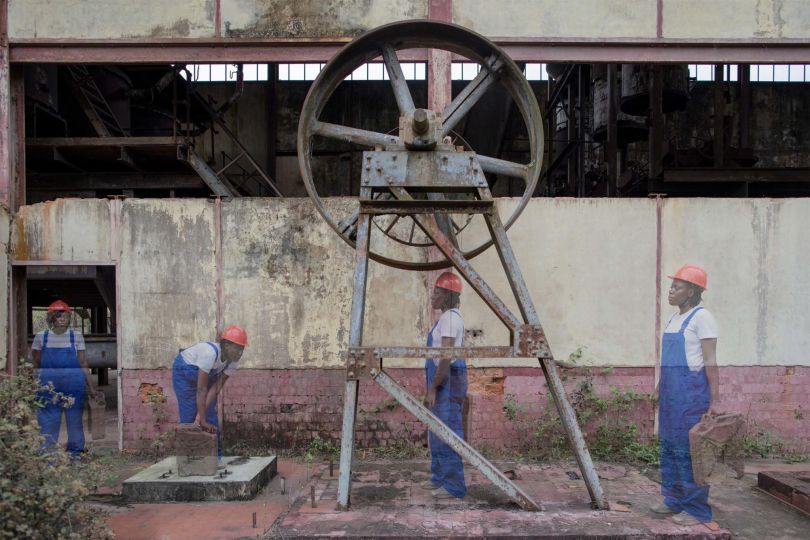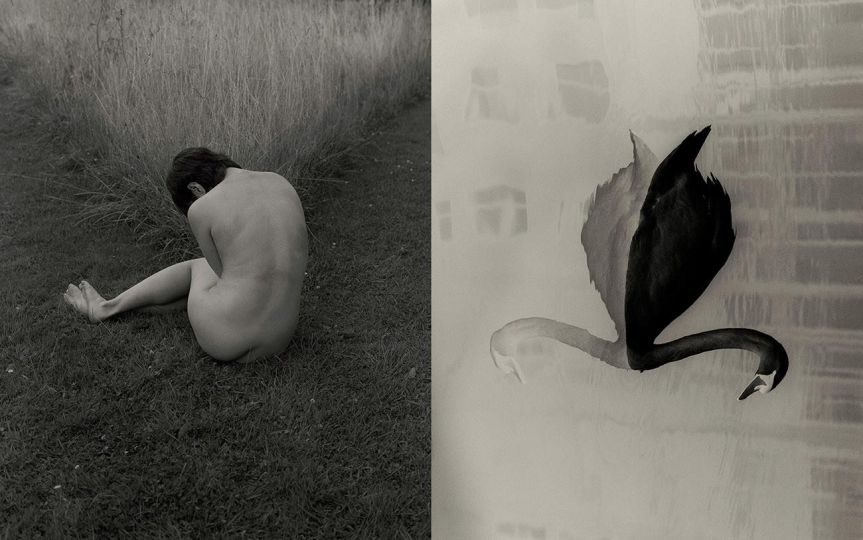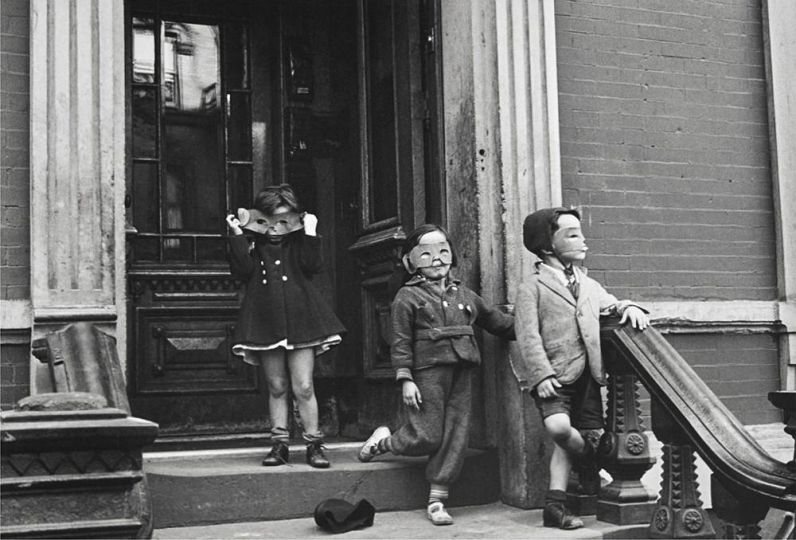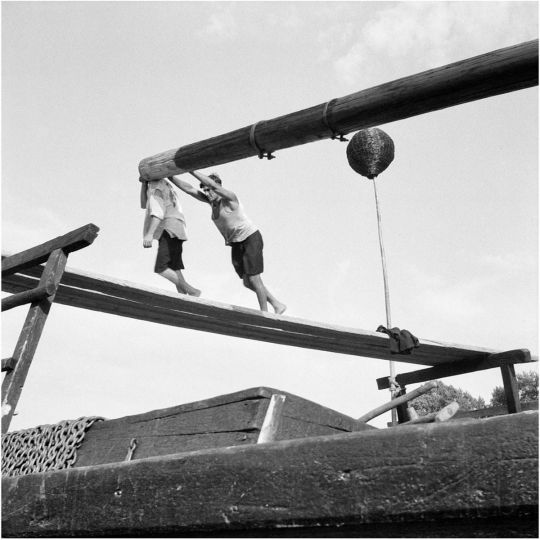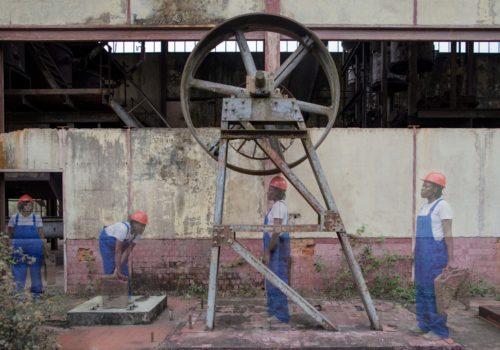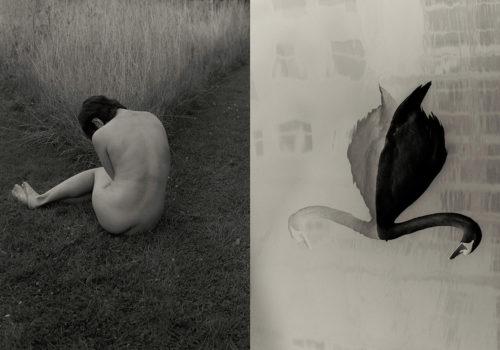The idea for Concreta arose from a shared desire and an absence: the desire to construct a platform from which to contribute to the contemporary thinking of images through a twice-yearly journal and a series of artists’ books; and to do so from a precise place, a community marked by the systematic disappearance over the last fifteen years of cultural infrastructure dedicated to the visual arts. This local situation of cultural crisis comes on top of the global collapse of financial capitalism, and points to a paradigm shift on many levels, not only macroeconomic but also, and above all, micropolitical, portending a dark future for culture and the arts. No longer considered as a means of obtaining a critical knowledge of the world or as a tool for thinking and action, culture and the arts are now reduced to mere entertainment. For these reasons, right from the outset, Concreta views itself as a platform of resistance against the cultural impoverishment of our present, and chooses paper and web formats to elaborate a proposal that arises from a precise place yet without circumscribing itself to its geographical confines. The specific aim of this publication is to help elaborate a theoretical frame for research into the image—inside and outside academia—with a special focus on the photographic image and art history, yet grounded in all the disciplines of knowledge that understand the image as a place of friction and anxiety, as a structure of meaning and a dialectical force field.
Concreta’s publishing team is made up of Nuria Enguita Mayo and Laura Vallés. In addition, it counts with Pep Benlloch as a Development Manager, Ester Pegueroles as a Distribution Manager and Rafa Barber as a Publishing Assistant. The interesting thing about Concreta’s team is that each member stem from a different background: Nuria worked at Institut Valencià d’Art Modern-IVAM when it was a museum with an interesting programme, and managed Fundació Antoni Tàpies in Barcelona for ten years, until 2008. Aside from that she’s one of the Editors of Afterall –a magazine about contemporary art based in Central Saint Martins College of Art and Design in London. Laura was working was there thanks to a Leonardo Da Vinci grant when she met Nuria in 2009, after that she worked at the Chicago’s Museum of Contemporary Photography. In 2011, they found themselves back in Valencia where they iniciated their publishing project. A key element for the creation of Concreta was Pep Benlloch’s inclusion on the team. He is the current Head of the Master’s Degree in Photography and Professor at Universitat Politècnica de València as well as the former founder of Visor Gallery – espaivisor (Valencia). Concreta’s strength lies in the way it fuses team’s different areas of education, ages and experiences. From the management of a Foundation to Academia, publishing, exhibitions and the arts, the team manages to contribute a multitude of values that filter through into their content.
Published two times a year, each issue of Concreta includes in-depth considerations of the work of contemporary artists, as well as essays on art history and critical theory. Concreta is organized in different sections in each number. Although they are not interested in developing just one idea in every issue, throught these sections Concreta tries to develop a discussion around a central notion or subject chosen by the editorial team previously. For instance, Concreta 00 goes through the idea of editing and how this editorial process with their unusual logics constitutes one of the most effective ways of activating stories and generates new ways of reading. Concreta 00 (November 2012) includes in its section Context essays by Jose Emilio Burucua, Laura Malosseti, Mathew Fuller and Enric Mira; Cumulus illustrates a map of images by the artist Xisco Mensua; in Interchange you can find two conversations between two editors, Pablo Lafuente and María Berríos, and also between Damián Ortega and Laura Vallés; Translation presents several passages from a publication created for an exhibition organised by Printed Matter and curated by Max Schumann in New York in 1991; Folder shows two book-based projects by Ahmad Hosni and Yuri Shibuya; Materials includes an article by Óscar Faria which anylises a leporello created for a Richard Serra’s exhibition and documented by Jim Ball, and a writing by Álvaro de los Ángeles analysing a project of civic and social participation called SIC; and finally Interval gathers two reviews by Oriol Fontdevila and Milene Trindade. Concreta 01 (April 2013) aims to develop the idea of displacement understood not only as a travel, movement or oscillation, but also as a way of aesthetic and political positioning in contemporary art practice which investigates the territory as a commonplace and as a space for dialogue/confrontation. Around this idea Concreta has published in its section Context an essay by Jean François Chevrier which presents the notion of territorial privacy as an experience of social space, a writing by Lluis Benlloch i Calvo about several cases of gentrification in the city of Valencia, and a passage about the concrete poetry in perspective by Esteban Pujals; Cumulus counts with Enrique Vila-Matas and his image-based story about the curious incident occured in Marigny; Interchange features an interview between the artist Graciela Carnevale and Nacho París in which they go through the artist’s body of work Tucumán Arde, among others, and how it is currently beeing revisited from the present, transforming itself into an archive which actually redefines the way of understanding the relationship between arts and politics; the section also features a conversation between Ângela Ferreira and Jürgen Bock in which they talk about the artist’s work and its relationship with colonialism; Translation presents a philoshopical essay by Marie José Mondzain on the idea of image itself –its origins and fate–; Folder shows Xavier Ribas’ body of work called Concreta Geographies – Nomads, and Anna Boghiguian How it all works 2006-2011; Materials includes a writing by Peio Aguirre about Angelopoulos’ film Ulysses Gaze, and Laura Vallés analyses the short but interesting existence of Aspen Magazine – the magazine in a box; in the end you can find Interval with two reviews, one by Maia Creus on the Re.act.feminism #2, and the second and last one by Alberto López Cuenca about the mecanism of the art contests.
Up to date Editorial Concreta has published two issues of its magazine and three artists’ books which include the Sevillian artist Inmaculada Salinas with her publication Prensadas (Pressed), the Portuguese artist Carla Filipe and her pamphlet called Boletim (Bulletin), and finally, the native of Huelva Isaías Griñolo with Romance de las plazas (Square’s Romance). So far, it could be said that all these publications have been welcomed quite well by the general audience as well as by the specialists, as Concreta journal is reaching more people and institutions everyday thanks to its affordable subscriptions prices and despite the difficulties posed by the current economic and political climate in Spain. The evaluation of the outcome on an initial level –as an object, design and content– is very positive since the magazine is found different from the ones currently in the Spanish market. In addition, the fact that it doesn’t cover the news in the art world but rather the context and thinking from/of the context, it could be understood as a publication in between a periodical and a book. Concreta couldn’t have been possible without the support of Universitat Politènica de València, the Master’s Degree in Photography at the UPV, several gallery owners, directors of institutions and museums, and private collectors that have backed the project from the very beginning and who, by means of advertising or donations, have contributed financially towards Concreta’s funding.

